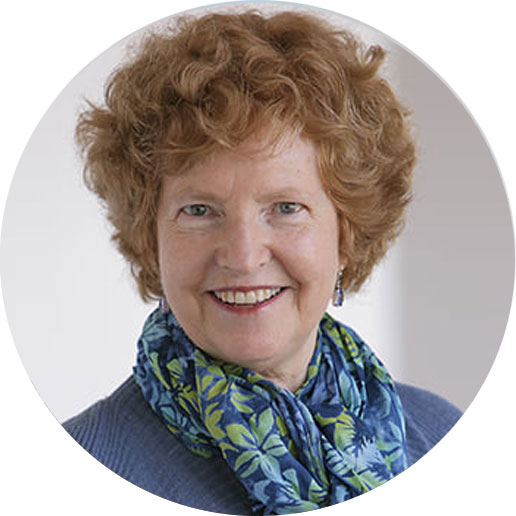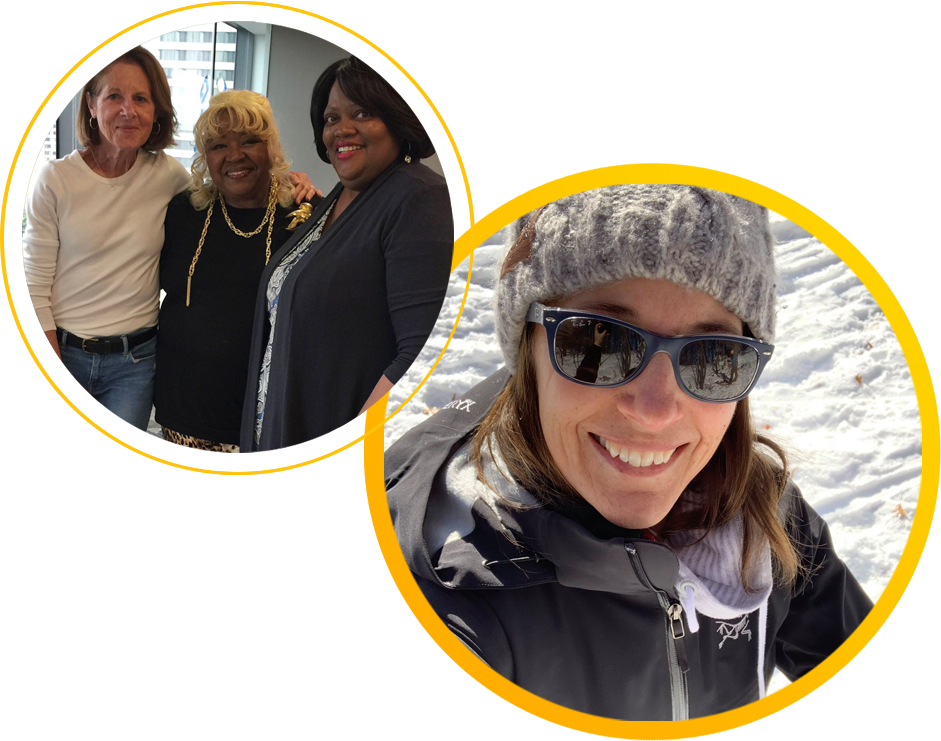Psycho-oncology, distress apps and survivorship advocates help meet the need.
Progress in diagnosing and treating cancer continues at a steady pace, with breakthroughs in sophisticated imaging and testing, targeted therapy, precision radiation, and robotic surgery playing roles in today’s care. As a result, each year there are increasing numbers of cancer survivors.
The American Cancer Society recently reported that, as of January 1, 2022, there are more than 18 million survivors–two-thirds over age 65. This number will continue to grow, which leads to the question: are individuals who are living part or most of their lives after cancer treatment receiving the ongoing care and support they need?
“Globally, Hodgkin lymphoma survivors stand out because they’re long-term survivors, mostly diagnosed young with a lifetime ahead of them and therefore a trajectory where problems can arise,” says Julia Rowland, Ph.D., Senior Strategic Advisor at the Smith Center for Healing and the Arts in Washington, DC. She founded the Psycho-Oncology Program at Georgetown University and the Lombardi Cancer Center before being recruited by the National Cancer Institute (NCI) to direct the Office of Cancer Survivorship (OCS). She co-wrote The Handbook of Psycho-Oncology: Psychological Care of the Patient with Cancer with Jimmie Holland, MD.





